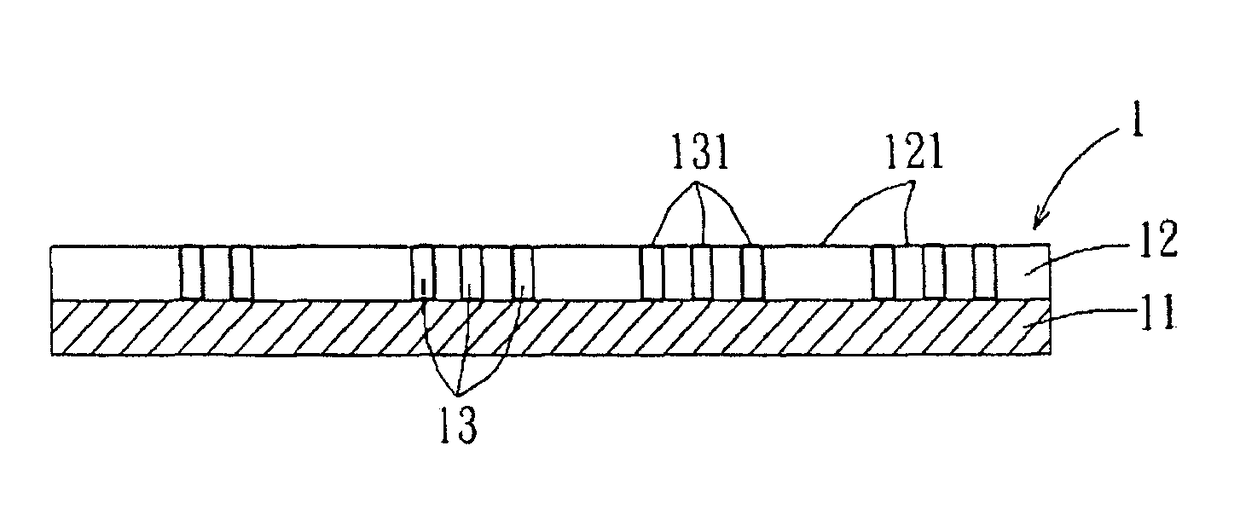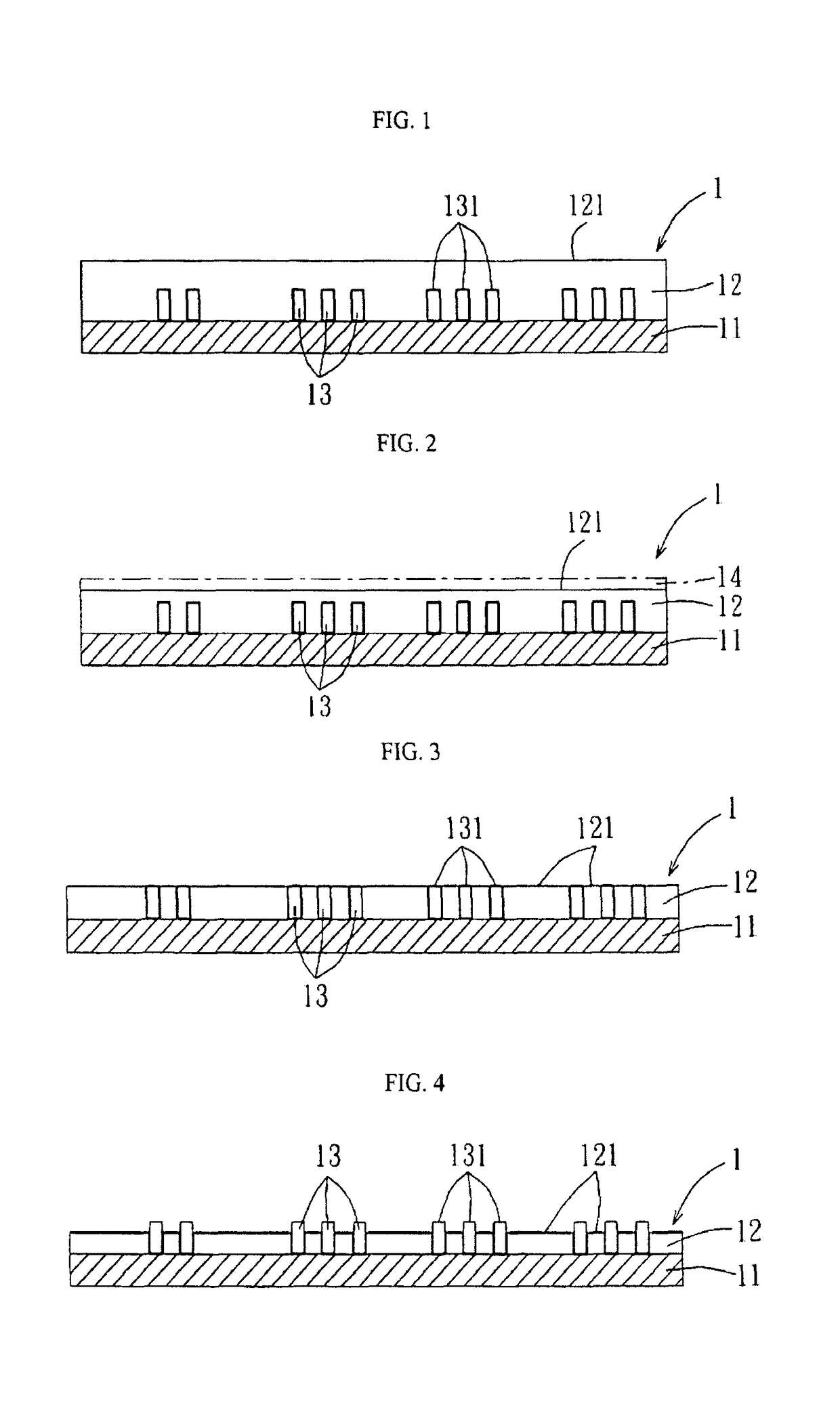Etchant solutions and method of use thereof
a technology of etchant solution and solution, which is applied in the field of compositions and methods for cleaning microelectronic structures, can solve the problems of adding cost to the device by the tsv process steps, and achieve the effects of low surface roughness, high si etch rate, and low passivation etch
- Summary
- Abstract
- Description
- Claims
- Application Information
AI Technical Summary
Benefits of technology
Problems solved by technology
Method used
Image
Examples
working examples
[0042]The following examples are provided for the purpose of further illustrating the present invention but are in no way to be taken as limiting. Unless otherwise noted, all amounts are expressed in weight percent (wt %) based on the total weight of the composition.
[0043]TEST Method to Determine the Si Etch Rate:
[0044]Each etchant composition tested was heated to 70° C. Blank (unpatterned) p-type Si wafer segments 3.5″×5″ in size were cleaved from a whole wafer with exposed [1,0,0] crystal face. The Si segments were pre-treated with buffered oxide etch (BOE) at an ambient temperature of approximately 22° C. for 3 minutes to remove native surface oxide, rinsed in deionized water (DIW) for 3 minutes and dried with a nitrogen (N2) gun. Si segments were then weighed on a balance with 5 decimal places for an accurate recording of the weight. The Si segments were then immersed into the etchant for a specific amount of time, removed and rinsed in deionized water (DIW) for 3 minutes, dried...
examples 5-7
[0049]An etchant solution was prepared as described for Examples 1-4 above, except that the component weight percentages that are in Table 1 were used and the compositions further included adding cesium hydroxide (CsOH) to the KOH, tetraethylammonium hydroxide (TEAH) and deionized water in a HDPE bottle to make 1000 gms of each of the compositions. (The CsOH was obtained as a 50 wt % solution in water from Aldrich.) The Si etch rate, the SiO2 etch rate and the Si / SiO2 etch rate ratio for each of the compositions of Examples 5-7 were determined as described above and are listed in Table 1.
example 8
[0050]An etchant solution was prepared as described for Example 1 above, except that 1.0 gm of Pluronic® L31 a difunctional block copolymer surfactant terminating in primary hydroxyl groups was added to the composition and the amount of water therein was adjusted accordingly. (Pluronic is a registered trademark of BASF Corporation.) The Si etch rate, the SiO2 etch rate and the Si / SiO2 etch rate ratio for Example 8 were determined as described above and are listed in Table 1.
[0051]
TABLE 1inorganicinorganicalkalialkaliadditionalbasicbasicalkalineDICompo-hydroxide hydroxidecompoundwater surfac- Si etchSiO2 etchSi / SiO2sitionKOH (wtCsOHTEAH (wt(wttantraterateetchNo.%)(wt %)%)%)(wt %)(μm / min)(μm / min)rateCompar-2009800.990.000911088ativeEx. 11202.6295.3800.8040.0005913632205.2492.7600.7740.0006711553207.8690.1400.5810.001165014100.7998.2100.7890.000481644521.332.6294.0500.810.000641266612.672.6293.7100.830.000332515711.331.3196.3600.830.0004717668202.6295.280.10.1230.00078158
[0052]The foll...
PUM
| Property | Measurement | Unit |
|---|---|---|
| weight ratio | aaaaa | aaaaa |
| weight ratio | aaaaa | aaaaa |
| weight ratio | aaaaa | aaaaa |
Abstract
Description
Claims
Application Information
 Login to View More
Login to View More - R&D
- Intellectual Property
- Life Sciences
- Materials
- Tech Scout
- Unparalleled Data Quality
- Higher Quality Content
- 60% Fewer Hallucinations
Browse by: Latest US Patents, China's latest patents, Technical Efficacy Thesaurus, Application Domain, Technology Topic, Popular Technical Reports.
© 2025 PatSnap. All rights reserved.Legal|Privacy policy|Modern Slavery Act Transparency Statement|Sitemap|About US| Contact US: help@patsnap.com


